Diffraction Phenomenon:
Diffraction is a phenomenon exhibited by all kinds of waves. Broadly speaking, it is the departure from the rectilinear propagation (straight-line motion) of ray. A person standing outside, near the door of a room, although not visible from inside can hear the person speaking inside the room. It is because the sound waves passing through the door of the room, get diffracted on both sides and reach the listener, outside the room. It is equally true in the case of light also. We know that light travels in a straight-line path and by drawing a ray diagram the path of the light is indicated. The formation of the shadow is explained on the basis of rectilinear propagation. The fact is that light being a wave in motion, bends i.e., get diffracted when it passes through the edges of the obstacle. As a result, light enters the geometrical shadow region to a small extent and the boundary of the shadow gets blurred. The intensity of light reaching the shadow region gradually decreases as we move inside from the boundary to the shadow region. Figure A and B show the diffraction effect at an obstacle and at an aperture (hole) respectively.


| Diffraction can be defined as the bending of light near the edges of an obstacle or an aperture. |
Figure B shows a plane wavefront incident at a fine hole made in the cardboard sheet. According to Huygens Principle, every point of the wavefront lying in the aperture region sends out spherical secondary wavelets whose envelope gives the new wavefront. As a result, a spherical wavefront emerges from the aperture and advances with the same speed as the speed of the plane wavefront approaching the aperture. Hence, the wave emerging from the aperture moves not only straight but also bends. This is the diffraction of waves. The illuminated region on the screen has a larger area than that of the aperture. It is shown much larger for the sake of clarity. Further, the intensity in the illuminated region is not uniform. It varies, particularly near the peripheral region. The intensity distribution on the screen is called the “diffraction pattern” of the aperture.
Diffraction is the inherent property of a wave but the effect is observed only when a portion of the wavefront is cut off by some obstacle. Every optical instrument infact, makes use of only a limited portion of the wavefront. A telescope or a microscope for example makes use of only a limited portion of the wavefront transmitted by their objective lens. The images therefore formed by these instruments have a diffraction effect.
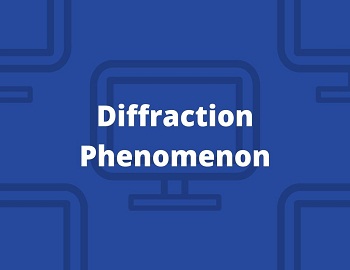
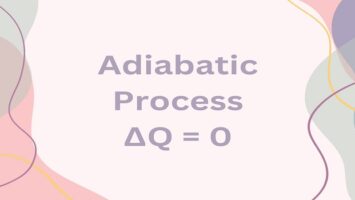


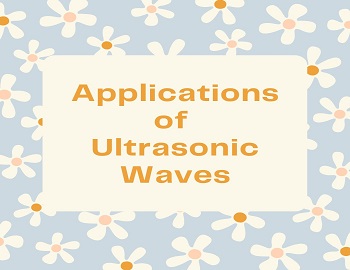
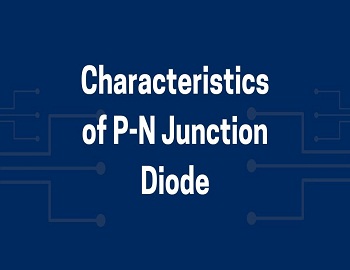
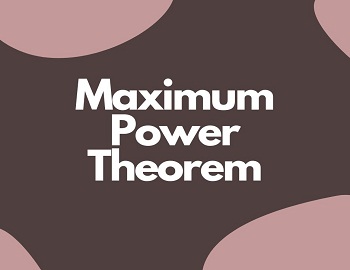


Comments (No)